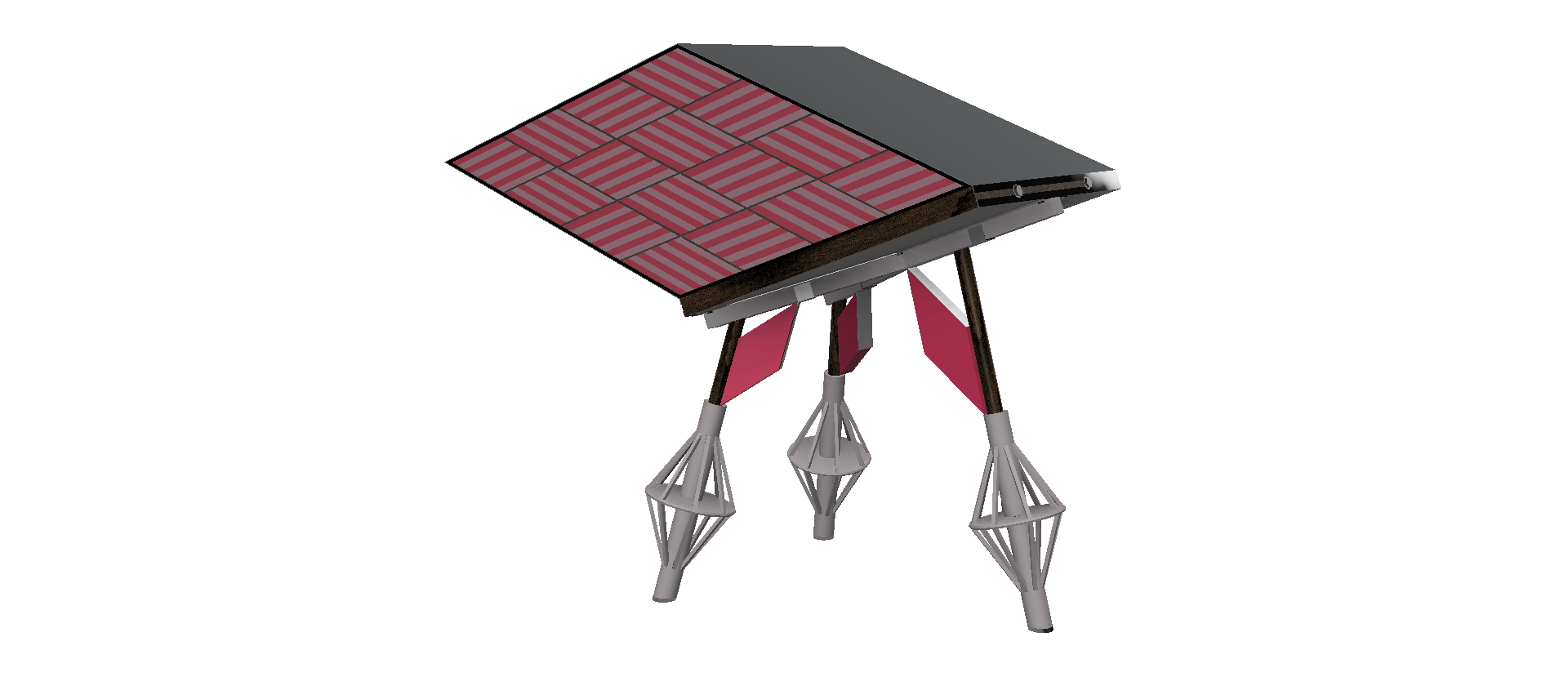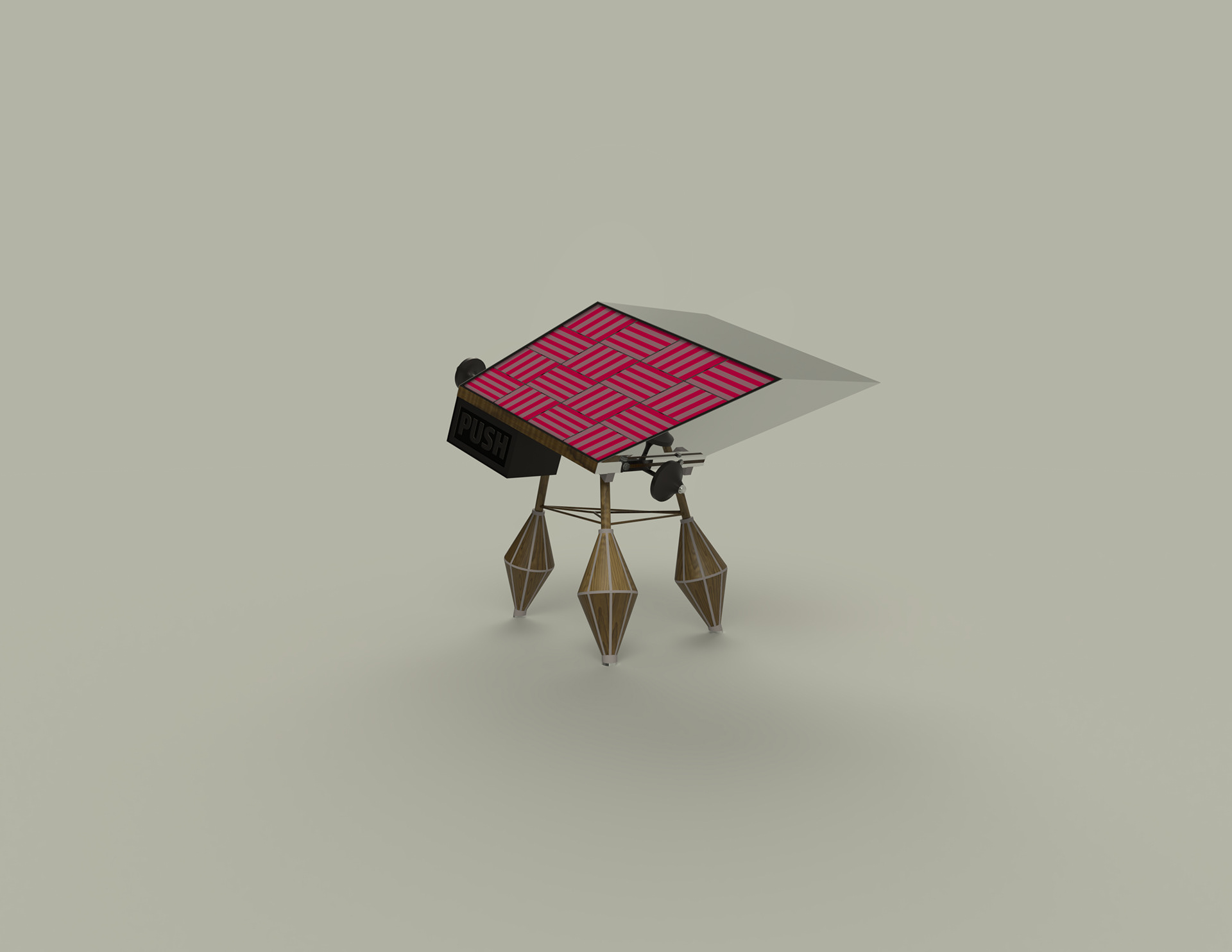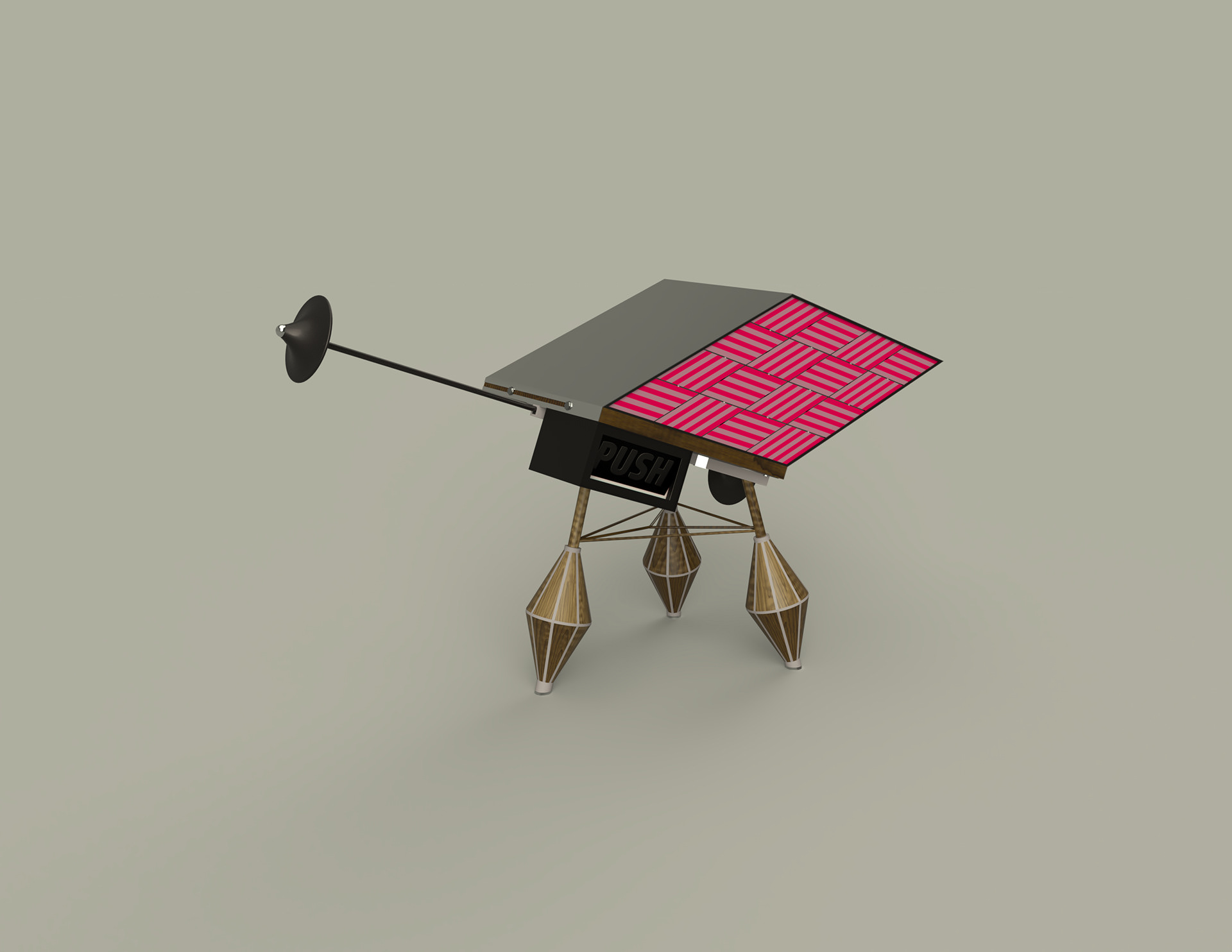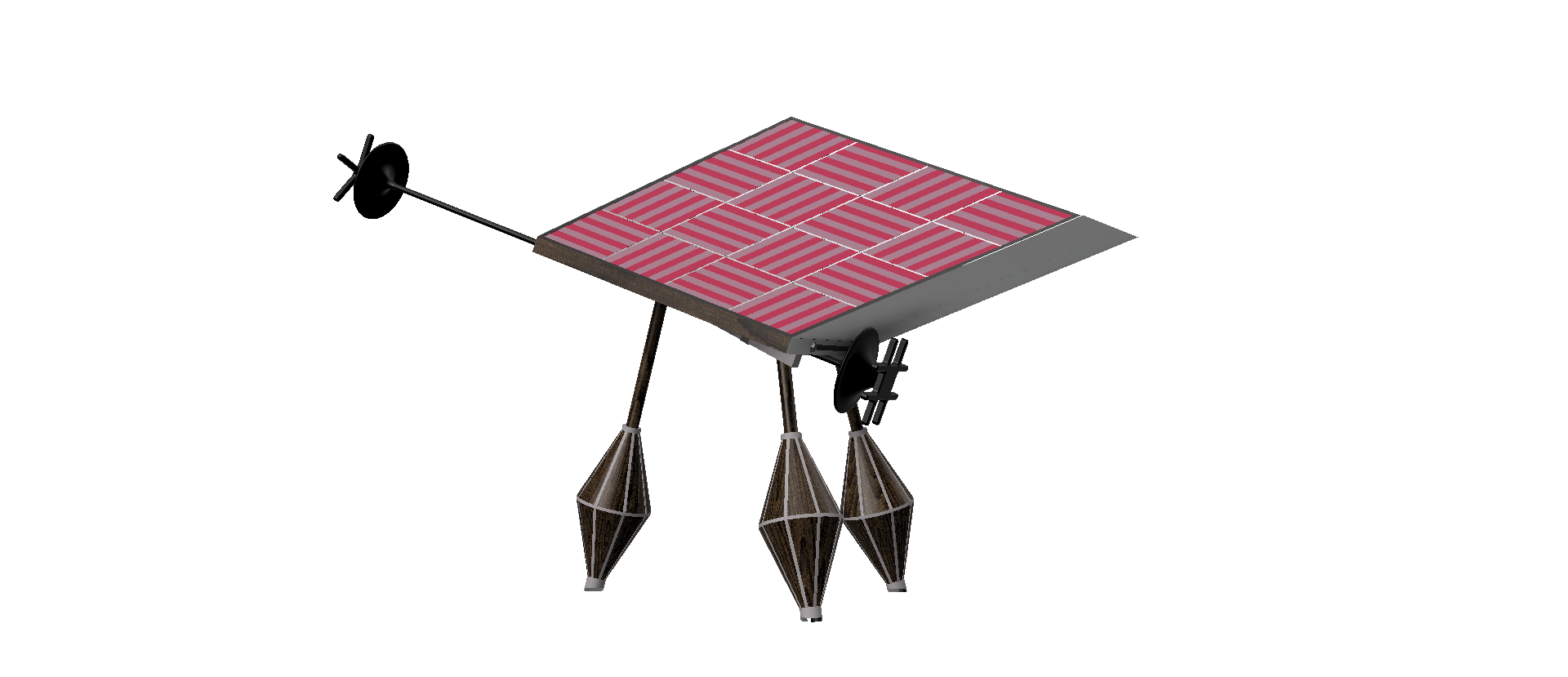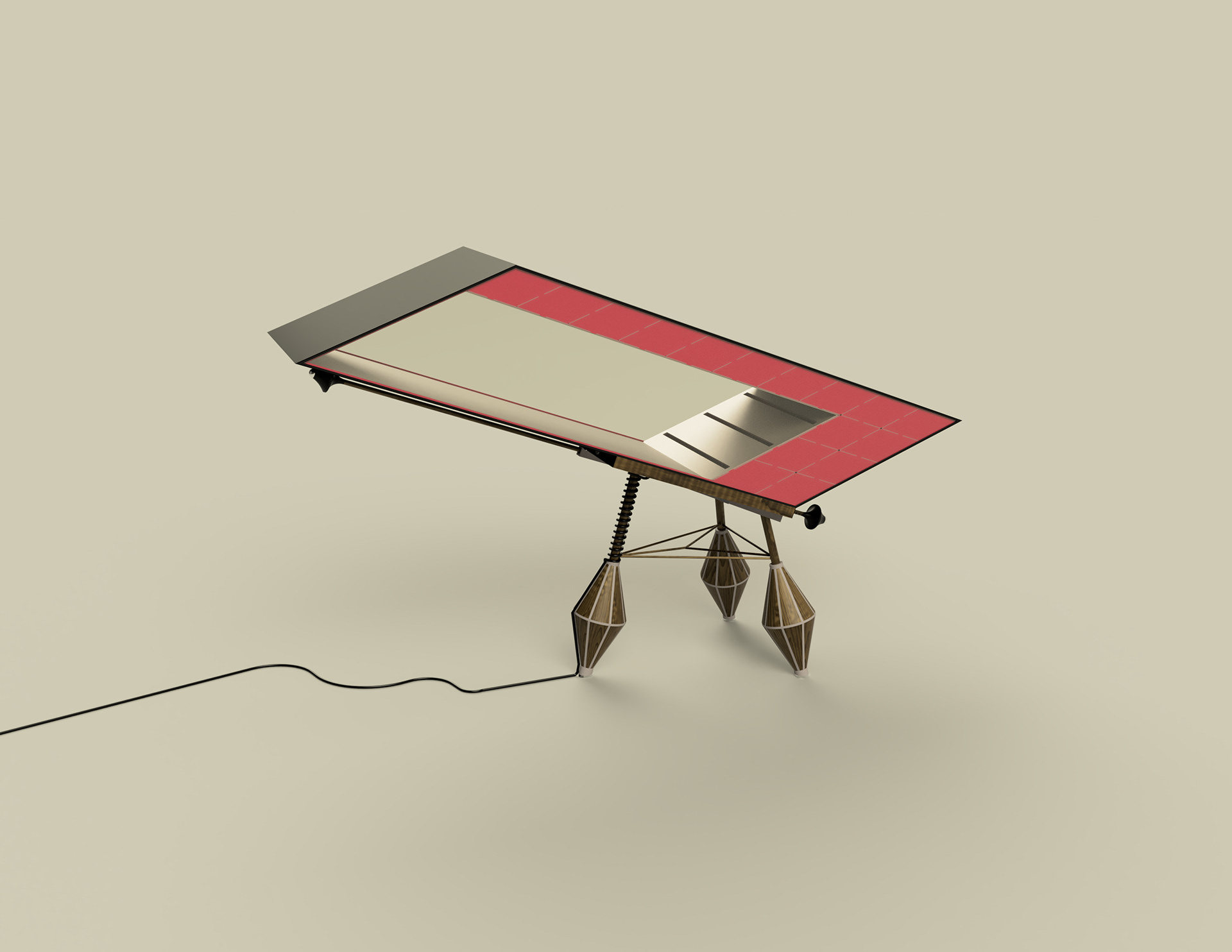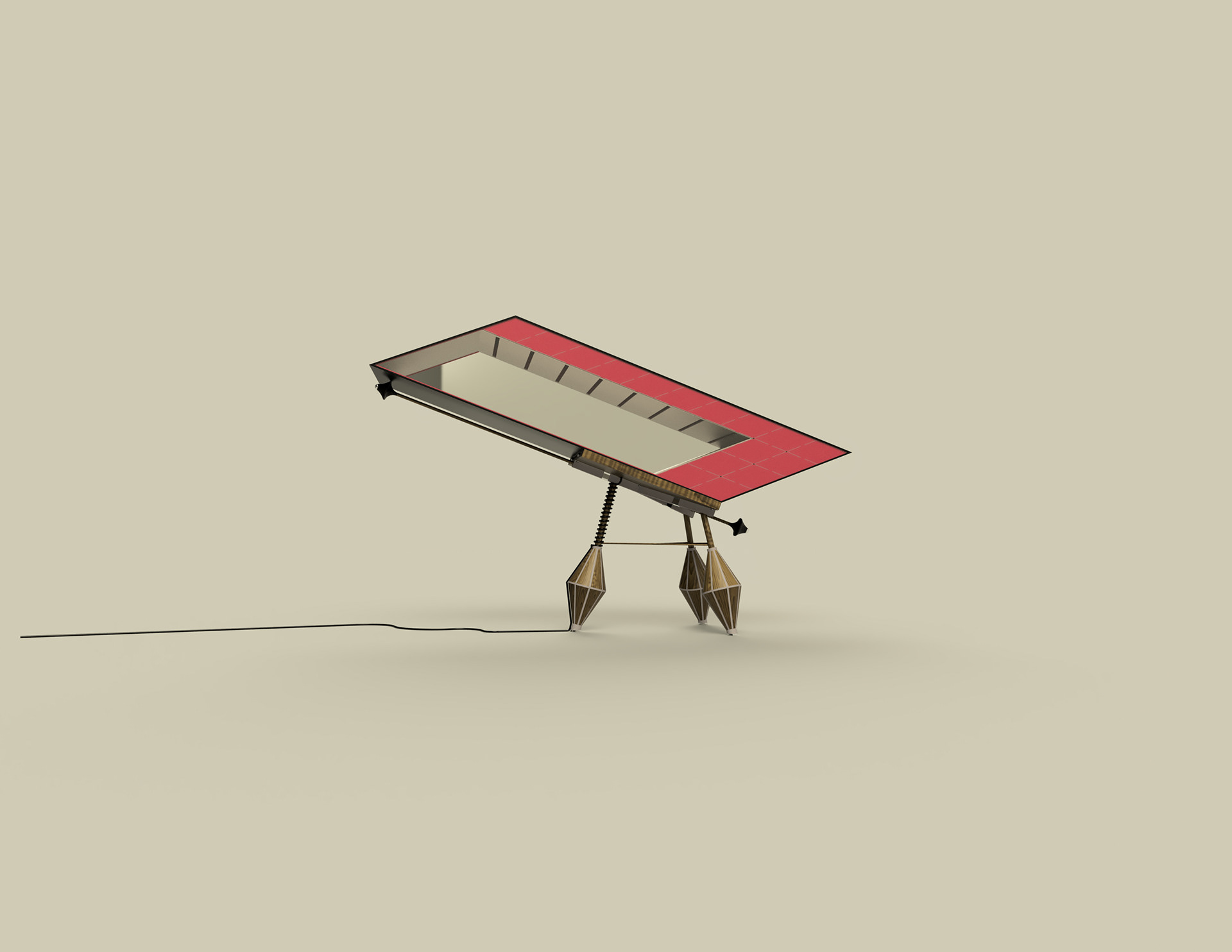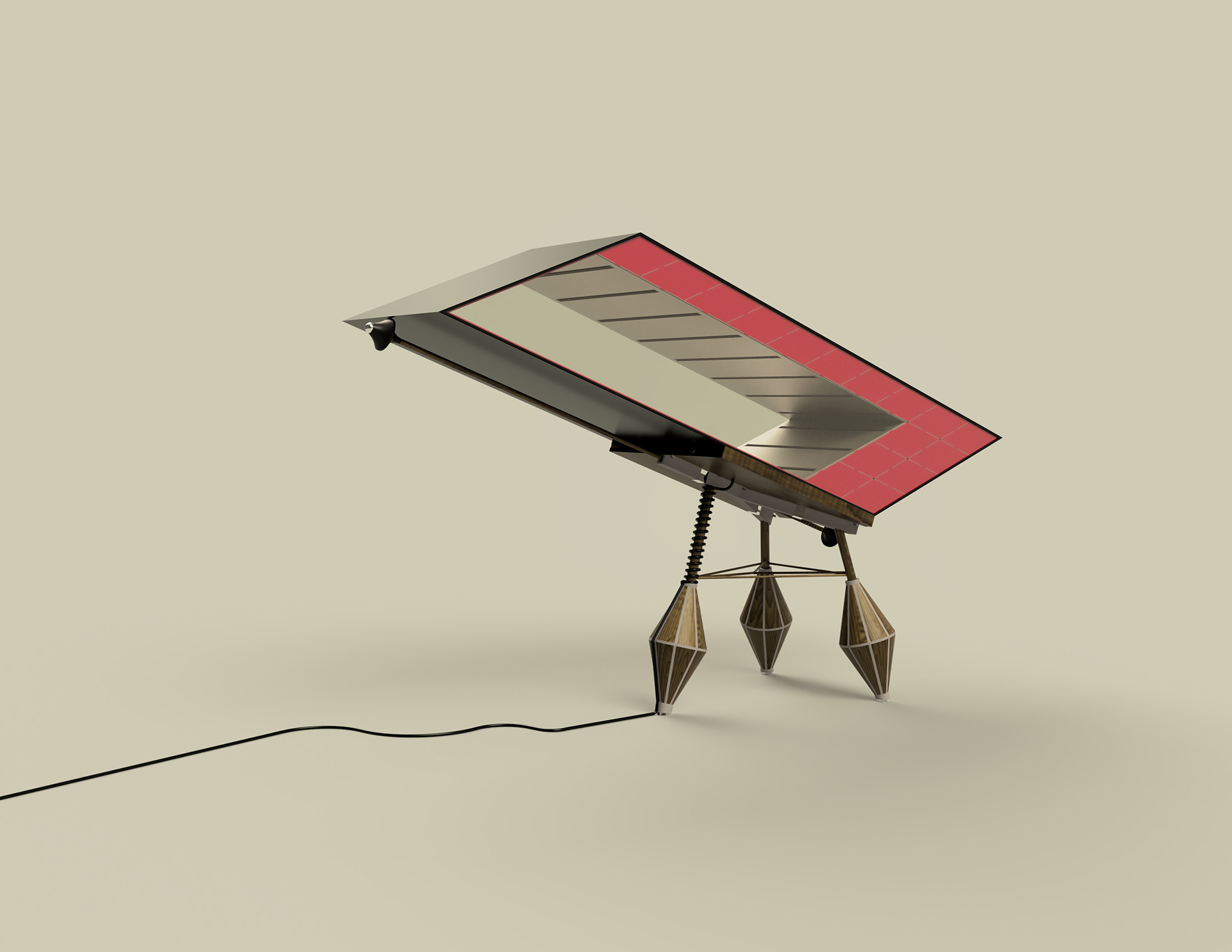Khaki Green Section


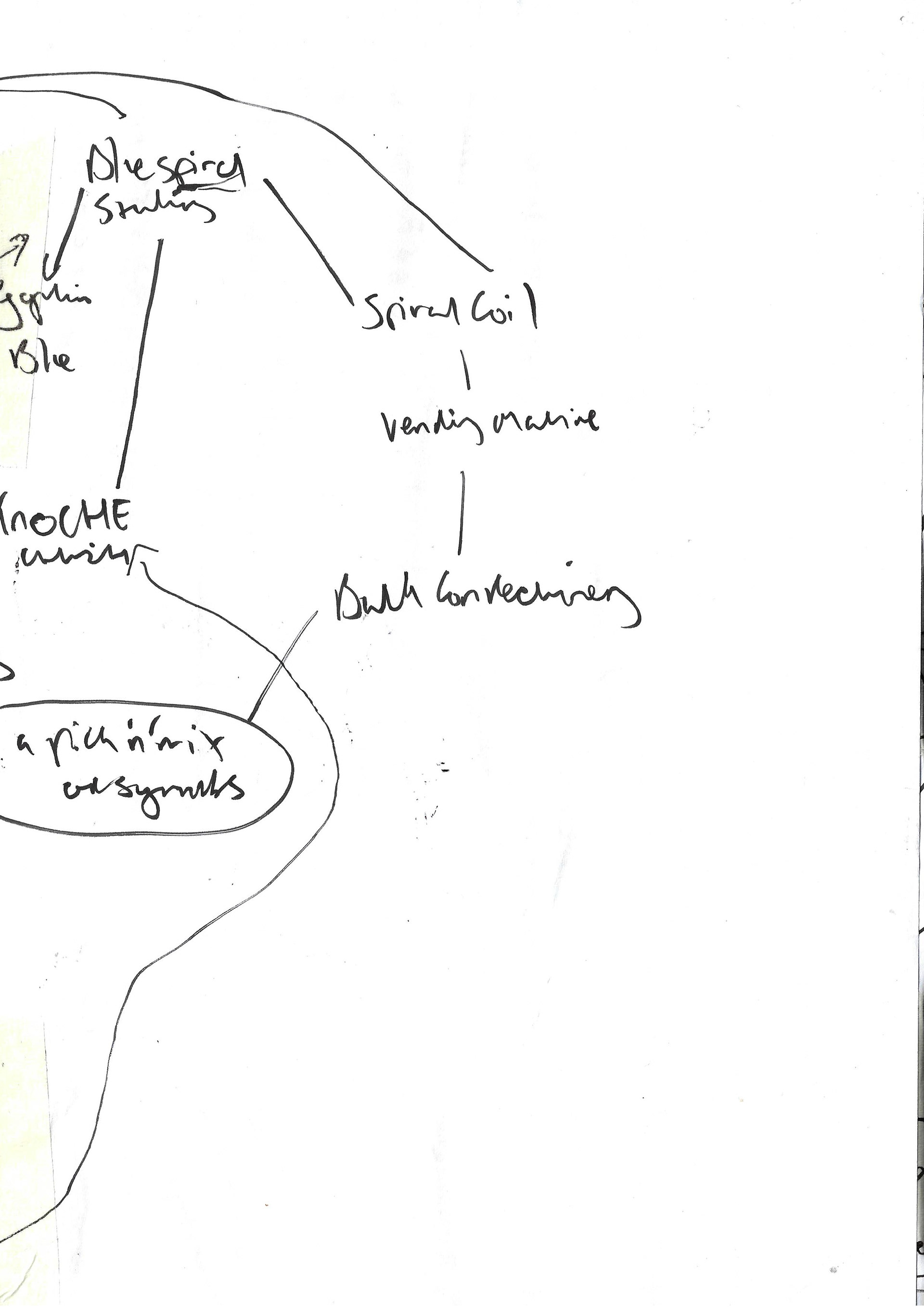
In my own words, I would describe a whorl shape as a spiral that circulates in a single line getting bigger and bigger, as in it revolves. A whorl is a spiral shape therefore the line of the whorl revolves around the same centre. A whorl shape is recognizable in the world due to it being visible in nature and man-made concepts throughout time. One of these concepts that has changed but still has the same purpose is the process of making spun yarn. This involves turning fibre into a thread by repeatedly joining small amounts of the fibres together by pulling and spinning. This method has been evidenced as a widespread use throughout the world by how many archaeological digs/sites have uncovered spindle whorls ( still used today in some circumstances). The tool works by attaching the material to the dowel and spinning it either clockwise or anti-clockwise so that it collects around the top. A more modern version of this tool would be called a spinning wheel. This is where the spindle is attached to a base rotated by hand using a wheel instead of spinning it. Another name for this mounted spindle is called a distaff. It pretty much is a large spindle but there are variations with different purposes. A common one associated with the spinning wheel was called a lantern/ bird cage distaff. The design of this tool involved attaching twigs/sticks or similar objects so that they would protrude or bend outwards creating a cage-like shape. The purpose of this was to make the rope/chord made from the spun yarn/fibre not get knotted or stuck together. Therefore making the process of removing the finished material easier.
Interestingly there is a type of spinning wheel used within the flag of India. The image represents a charkha a smaller version of the spinning wheel which is portable and can be hand-held depending on the type. Anyway, the charkha represents a peaceful change, referring to India becoming independent. As just briefly touched upon, the topic of how an object can be used as a symbol that may not represent its visual form (how it looks). A Distaff is also a symbol of, well actually it's more of an adjective but anyway, a distaff can be used to describe the female side of the family. Before the industrial revolution all work that was focused on spinning was deemed women's work. Whereas the male side can be referred to as a spear. Reason guessing and active research suggest it is as so due to it being a weapon which makes sense in a way due to men primarily only being allowed in the military/army around the time the term originates from. A spear and a distaff are entirely different objects but are similar in shape due to both having a pole/staff body with a top that has a lozenge shape(I'll refer to this later). Although a spearhead can be permanently fixed down, it can be held in place by having a rope coiled around its body. Whereas a distaff has the yarn material coiled around its top before being spun in the spinning wheel. Since spear & distaff represent the family tree by either being male or female, the actual way to tell if a person is either male or female would be by their DNA using the XY(male) and XX(female) chromosomes. These chromosomes are part of the person's DNA and therefore a part of their identity as in inherited not acquired. The appearance of DNA is described as a double helix. Which is two spiral strands wrapping around upwards. Similar to how a rope is wrapped or coiled around. Similar to how the rope or yarn is wrapped around the spearhead and distaff. Continuing with the theme of a rope coiling or wrapping around its body, I couldn't help but think about how spiders produce /make spiderwebs. According to scientific research, the silk web produced by spiders was originally used to protect themselves by wrapping it around their bodies. Over time the silk came used in hunting prey by making spiderwebs (usually in a form of an orb-web, circular). While looking into this and reading up on different species there was mention of a type called 'Cyclosa Turbinata' which translates to spinning top which is another name for spindle whorl. A spindle top is a toy that has been documented in various civilisations throughout time (similar to spindle whorls as mentioned a the start). Now this toy is a small body with a pointed bottom that is meant to spin on flat or smooth surfaces. A modern version of this toy is called a Beyblade. A Beyblade is more of a complex toy compared to its predecessor since multiple parts are required to construct it. usually, no more than six pieces which is the figure used to characterize the types of spinning tops.
As stated earlier I would refer to the lozenge shape later on, which I am about to do. The shape is a rhombus type but is called a diamond as well due to its use in playing cards. It is used multiple times in encoding for different Unicodes. These Unicodes vary for example U+25CA represents the term lozenge but as stated above it can be referred to as a diamond such as white diamond which is U+25C7. One of these unicodes which is peculiar to the rest is diamond operator- U+22C4. Like the lozenge shape, I will refer to this later on in the text. There can be a Unicode for a lot of things and for example, the unicodes for males and females are U+2642 & U+2640. Accompanying the codes are symbols, in this case, they are the Mars and Venus symbols (♂ & ♀) but these are also used in the iron and copper unicodes (U+1F71C & U+1F720). Hence symbols can be used in different circumstances or can be similar. In this case, the ankh cross (Egyptian glyph) is similar to the Mars and Venus symbols but not the same. However when I had begun looking into the term spinning wheel and its various connections such as events, people etc. There was an article on how Egyptians used a similar tool like the spinning wheel to create bandages in the use of mummification.
The Ancient Egyptians believed that when a person died, they would go to an afterlife. To achieve this, they thought the ka (soul) needed a recognizable form, which could only be achieved through mummification. The Egyptians believed that mummification was necessary for the soul to inhabit a form after death. Hence the bandages used had a significant impact since the bandages would give off the visual representation of a human form since a decaying body wouldn't represent the idea of the afterlife. The bandages were bleached to make them softer but this created an unintentional byproduct called calcium carbonate. This was used to make the Egyptian blue colour. This pigment is well known to be used throughout ancient Egypt for purposes including art and crafts.
I'm now gonna explain how Egyptian blue and diamond operator fit into the word map. The bandages would have to be tightly bonded since their purpose is related to an important practice in their culture, their belief in the afterlife. In some way, you can describe the attention needed to create this 'twisted tight' human form as being abnormal since it requires a lot of time and patience. Twisted tight is another way of describing something that is tightly coiled as in the object has been compacted so much that is now a coiled shape. Again if I haven't mentioned it before 'coiled' means something that has been twisted into a spiral shape. However, coiling although similar to coiled means many other things including the rolling out of a clay piece into a long cylinder shape. Which is used to build up an object which is eventually turned into a form of pottery. From there I started to research artists that use the coiling technique within their work. I came across a bloke called Eric Knoche who has used this prolifically. A large portion of his work exhibits in blue spiral studios in north carolina. Since the word map already consists of similar words such as coiled. whorl, spindle etc. I thought this would be a suitable choice to include. while going over his work I came across a piece called miscellaneous symbols and Tools No. 4. These shapes reminded me of Unicode but also the 45 rpm adaptor used on turntables. The adapter is placed within the holes of a phonograph vinyl which is then placed on a turntable. these adapters can come in various designs hence miscellaneous. Furthermore, they have to be a tight fit to make sure the music isn't hindered. there again the grooves on the vinyl are tightly placed hence you could say they are twisted tight. Also, another connection taking place is that a turntable spins the record but is hand-controlled like the spinning top or charkha. A disc jokey controls the turntable, since there are various mixing and blending techniques involved shorthand terms are used to refer to different types. For example, scratching where the vinyl is moved back and forth to manipulate the sound. Furthermore, a DJ is an operator since he/she controls the audio equipment. Now a diamond operator is a Unicode as described earlier but to be more correct it is a Java code that contains a Unicode. Diamond operator in Java is a shorthand term- to reduce a code.
Miscellaneous - a mixture of various things that are not connected intentionally- as in related but are together for some purpose. Hence a diverse collection of this and that. As I stated in the text, Eric Knoche has this attribute miscellaneous ) in many of his pieces of work. By viewing his gallery/portfolio online, it reminded me of the Unicodes I had been looking at. Unicodes are encoded which is a sequence of symbols eg characters. The original format of them included no more than 16 bits. Therefore having that amount available makes it seem random but it could be described as a digital pick 'n' mix. Bulk confectionery (pick 'n' mix) is best known for its use in vending machines. Which offer a vast choice of sweets, treats, drinks etc. But better still vending machines have miscellaneous symbols. such as-#, ✱ or even +. Finally, vending machines have spiral coils which fits into the word map since the term coil has been, mentioned or related to multiple times in the text.
Interestingly there is a type of spinning wheel used within the flag of India. The image represents a charkha a smaller version of the spinning wheel which is portable and can be hand-held depending on the type. Anyway, the charkha represents a peaceful change, referring to India becoming independent. As just briefly touched upon, the topic of how an object can be used as a symbol that may not represent its visual form (how it looks). A Distaff is also a symbol of, well actually it's more of an adjective but anyway, a distaff can be used to describe the female side of the family. Before the industrial revolution all work that was focused on spinning was deemed women's work. Whereas the male side can be referred to as a spear. Reason guessing and active research suggest it is as so due to it being a weapon which makes sense in a way due to men primarily only being allowed in the military/army around the time the term originates from. A spear and a distaff are entirely different objects but are similar in shape due to both having a pole/staff body with a top that has a lozenge shape(I'll refer to this later). Although a spearhead can be permanently fixed down, it can be held in place by having a rope coiled around its body. Whereas a distaff has the yarn material coiled around its top before being spun in the spinning wheel. Since spear & distaff represent the family tree by either being male or female, the actual way to tell if a person is either male or female would be by their DNA using the XY(male) and XX(female) chromosomes. These chromosomes are part of the person's DNA and therefore a part of their identity as in inherited not acquired. The appearance of DNA is described as a double helix. Which is two spiral strands wrapping around upwards. Similar to how a rope is wrapped or coiled around. Similar to how the rope or yarn is wrapped around the spearhead and distaff. Continuing with the theme of a rope coiling or wrapping around its body, I couldn't help but think about how spiders produce /make spiderwebs. According to scientific research, the silk web produced by spiders was originally used to protect themselves by wrapping it around their bodies. Over time the silk came used in hunting prey by making spiderwebs (usually in a form of an orb-web, circular). While looking into this and reading up on different species there was mention of a type called 'Cyclosa Turbinata' which translates to spinning top which is another name for spindle whorl. A spindle top is a toy that has been documented in various civilisations throughout time (similar to spindle whorls as mentioned a the start). Now this toy is a small body with a pointed bottom that is meant to spin on flat or smooth surfaces. A modern version of this toy is called a Beyblade. A Beyblade is more of a complex toy compared to its predecessor since multiple parts are required to construct it. usually, no more than six pieces which is the figure used to characterize the types of spinning tops.
As stated earlier I would refer to the lozenge shape later on, which I am about to do. The shape is a rhombus type but is called a diamond as well due to its use in playing cards. It is used multiple times in encoding for different Unicodes. These Unicodes vary for example U+25CA represents the term lozenge but as stated above it can be referred to as a diamond such as white diamond which is U+25C7. One of these unicodes which is peculiar to the rest is diamond operator- U+22C4. Like the lozenge shape, I will refer to this later on in the text. There can be a Unicode for a lot of things and for example, the unicodes for males and females are U+2642 & U+2640. Accompanying the codes are symbols, in this case, they are the Mars and Venus symbols (♂ & ♀) but these are also used in the iron and copper unicodes (U+1F71C & U+1F720). Hence symbols can be used in different circumstances or can be similar. In this case, the ankh cross (Egyptian glyph) is similar to the Mars and Venus symbols but not the same. However when I had begun looking into the term spinning wheel and its various connections such as events, people etc. There was an article on how Egyptians used a similar tool like the spinning wheel to create bandages in the use of mummification.
The Ancient Egyptians believed that when a person died, they would go to an afterlife. To achieve this, they thought the ka (soul) needed a recognizable form, which could only be achieved through mummification. The Egyptians believed that mummification was necessary for the soul to inhabit a form after death. Hence the bandages used had a significant impact since the bandages would give off the visual representation of a human form since a decaying body wouldn't represent the idea of the afterlife. The bandages were bleached to make them softer but this created an unintentional byproduct called calcium carbonate. This was used to make the Egyptian blue colour. This pigment is well known to be used throughout ancient Egypt for purposes including art and crafts.
I'm now gonna explain how Egyptian blue and diamond operator fit into the word map. The bandages would have to be tightly bonded since their purpose is related to an important practice in their culture, their belief in the afterlife. In some way, you can describe the attention needed to create this 'twisted tight' human form as being abnormal since it requires a lot of time and patience. Twisted tight is another way of describing something that is tightly coiled as in the object has been compacted so much that is now a coiled shape. Again if I haven't mentioned it before 'coiled' means something that has been twisted into a spiral shape. However, coiling although similar to coiled means many other things including the rolling out of a clay piece into a long cylinder shape. Which is used to build up an object which is eventually turned into a form of pottery. From there I started to research artists that use the coiling technique within their work. I came across a bloke called Eric Knoche who has used this prolifically. A large portion of his work exhibits in blue spiral studios in north carolina. Since the word map already consists of similar words such as coiled. whorl, spindle etc. I thought this would be a suitable choice to include. while going over his work I came across a piece called miscellaneous symbols and Tools No. 4. These shapes reminded me of Unicode but also the 45 rpm adaptor used on turntables. The adapter is placed within the holes of a phonograph vinyl which is then placed on a turntable. these adapters can come in various designs hence miscellaneous. Furthermore, they have to be a tight fit to make sure the music isn't hindered. there again the grooves on the vinyl are tightly placed hence you could say they are twisted tight. Also, another connection taking place is that a turntable spins the record but is hand-controlled like the spinning top or charkha. A disc jokey controls the turntable, since there are various mixing and blending techniques involved shorthand terms are used to refer to different types. For example, scratching where the vinyl is moved back and forth to manipulate the sound. Furthermore, a DJ is an operator since he/she controls the audio equipment. Now a diamond operator is a Unicode as described earlier but to be more correct it is a Java code that contains a Unicode. Diamond operator in Java is a shorthand term- to reduce a code.
Miscellaneous - a mixture of various things that are not connected intentionally- as in related but are together for some purpose. Hence a diverse collection of this and that. As I stated in the text, Eric Knoche has this attribute miscellaneous ) in many of his pieces of work. By viewing his gallery/portfolio online, it reminded me of the Unicodes I had been looking at. Unicodes are encoded which is a sequence of symbols eg characters. The original format of them included no more than 16 bits. Therefore having that amount available makes it seem random but it could be described as a digital pick 'n' mix. Bulk confectionery (pick 'n' mix) is best known for its use in vending machines. Which offer a vast choice of sweets, treats, drinks etc. But better still vending machines have miscellaneous symbols. such as-#, ✱ or even +. Finally, vending machines have spiral coils which fits into the word map since the term coil has been, mentioned or related to multiple times in the text.


